Benton Miller has two dogs. Not just dogs—two large, lovable Labs named Maple and Willow. They’re family. So when it came time to fly across the country to see the other kind of family, the kind with a guest room, he ran into a familiar problem. Airlines don’t treat dogs like family. Not the big ones, anyway.
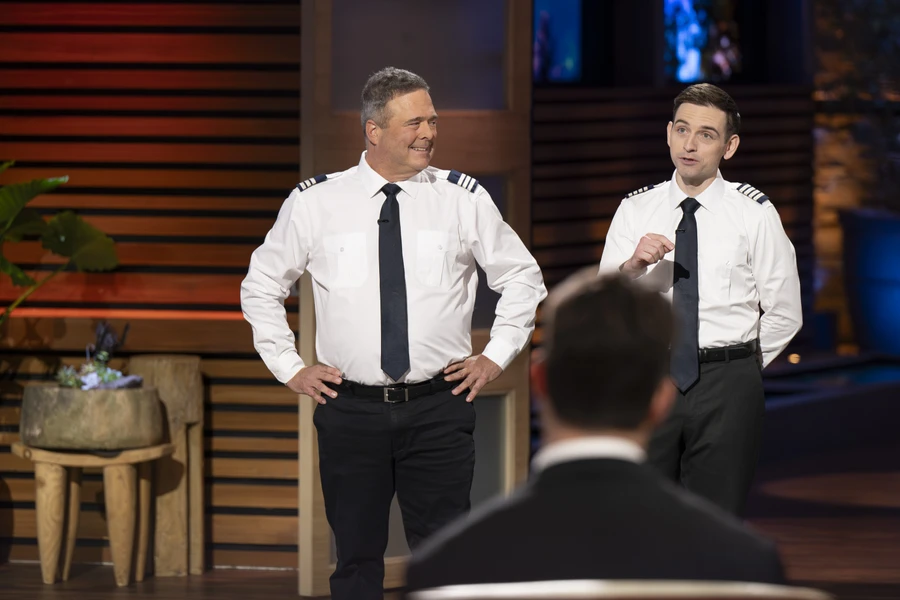
You can cram a chihuahua under the seat in front of you, sure. But a Labrador? That’s cargo hold or bust. And for Benton and his wife, the answer was no. No crates. No tarmac forklifts. No spending the entire flight worrying about what’s happening down below while the drink cart clinks past your knees.
And they weren’t alone. Benton knew plenty of people who were skipping trips, canceling plans, or driving 18 hours just so their dog didn’t have to fly in a metal box.
So he started thinking. He was in business school at the time—Indiana University—and for a class project he pitched the idea of an airline where dogs didn’t just ride in the cabin… they had their own seat.
People laughed. Then they leaned in. Then he got a call from someone who wanted to invest.
That’s how RetrievAir got started.
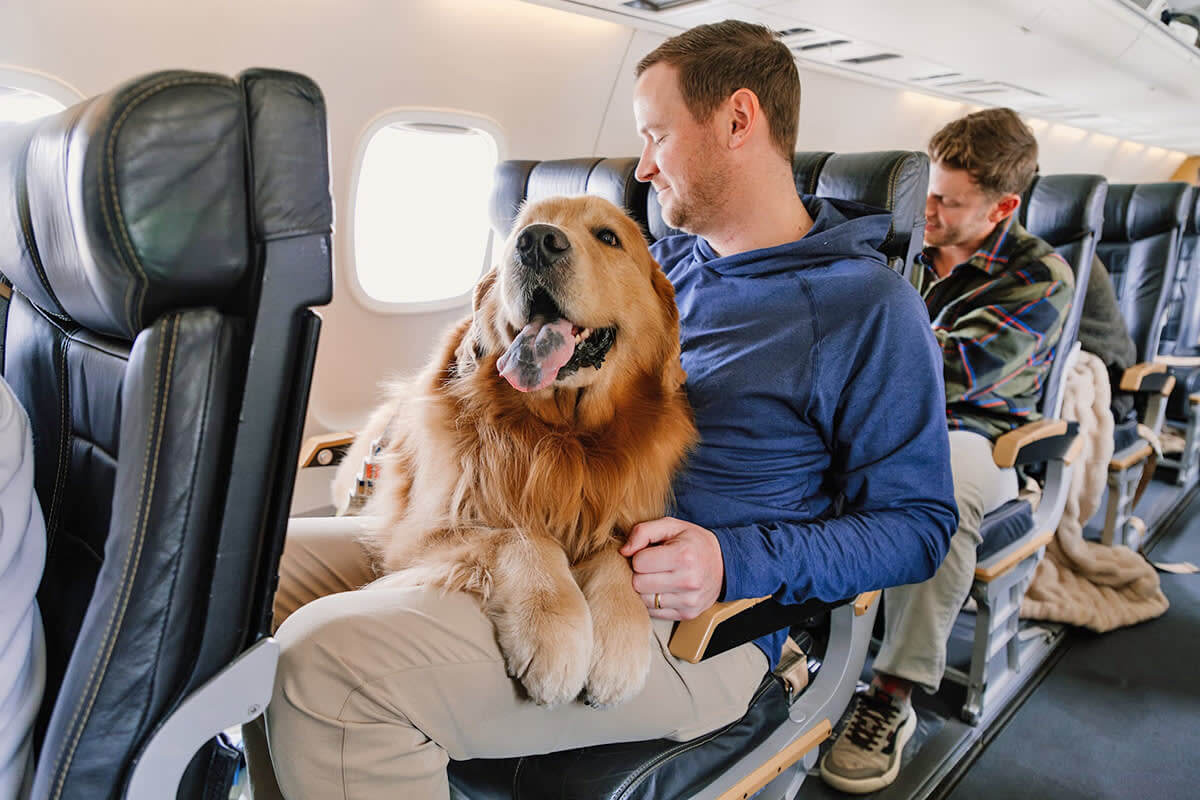
The dogs ride in the cabin
RetrievAir lets people fly with their pets—big pets—in the actual airplane cabin. Not in a bag, not underfoot, and definitely not in cargo. Each dog gets a spot next to their person. The whole row, if needed.
RetrievAir doesn’t use giant jets with 200 seats and four-hour boarding lines. They partner with charter operators, like RVR Aviation, to use small regional planes—30 seats, max. These planes normally seat 50, but they remove some seats to make more room for paws, legs, leashes, and tails.
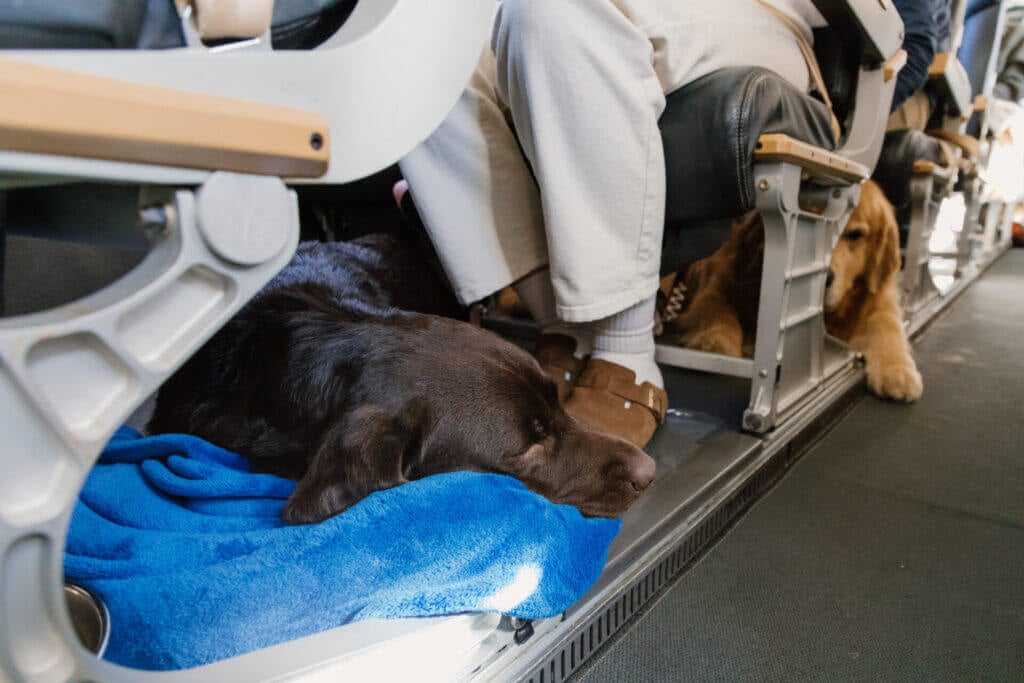
Flights don’t leave from the usual airports. Instead of being herded through TSA with a barking corgi and a bin of dog treats, passengers head to private terminals in smaller airports. You park nearby, walk in with your dog on a leash, hang out in a quiet lounge, and board on the tarmac.
Each flight has trained staff who know how to handle dogs—not just in emergencies, but in regular awkward situations. A bark here. A nervous tail wag there. According to Benton, on their first test flight there were “zero barks.” The Great Dane curled up. The retrievers snoozed. Not a single in-flight accident.
They also make sure dogs from different households don’t sit next to each other. No one wants to referee a 30,000-foot staring contest between unfamiliar pit bulls. So if you book with one dog, you’ll usually get two seats—yours and the dog’s. Flying with two dogs? You get the row. And yes, the plane has a pet relief area.
From school project to runway
The idea started as a class assignment. Benton was still working at 3M at the time, in a corporate role he says he actually liked. But he couldn’t stop thinking about this idea. When investor interest rolled in, he left his job and went all in.
He brought on Mark Williams as co-founder and aviation brain. Mark had been in the airline world for decades—COO of Skyservice Airlines, among other roles—and knew everything about charter routes, FAA requirements, and how to actually get a plane off the ground legally.
Benton knew what pet parents wanted. Mark knew how to get them there. It worked.
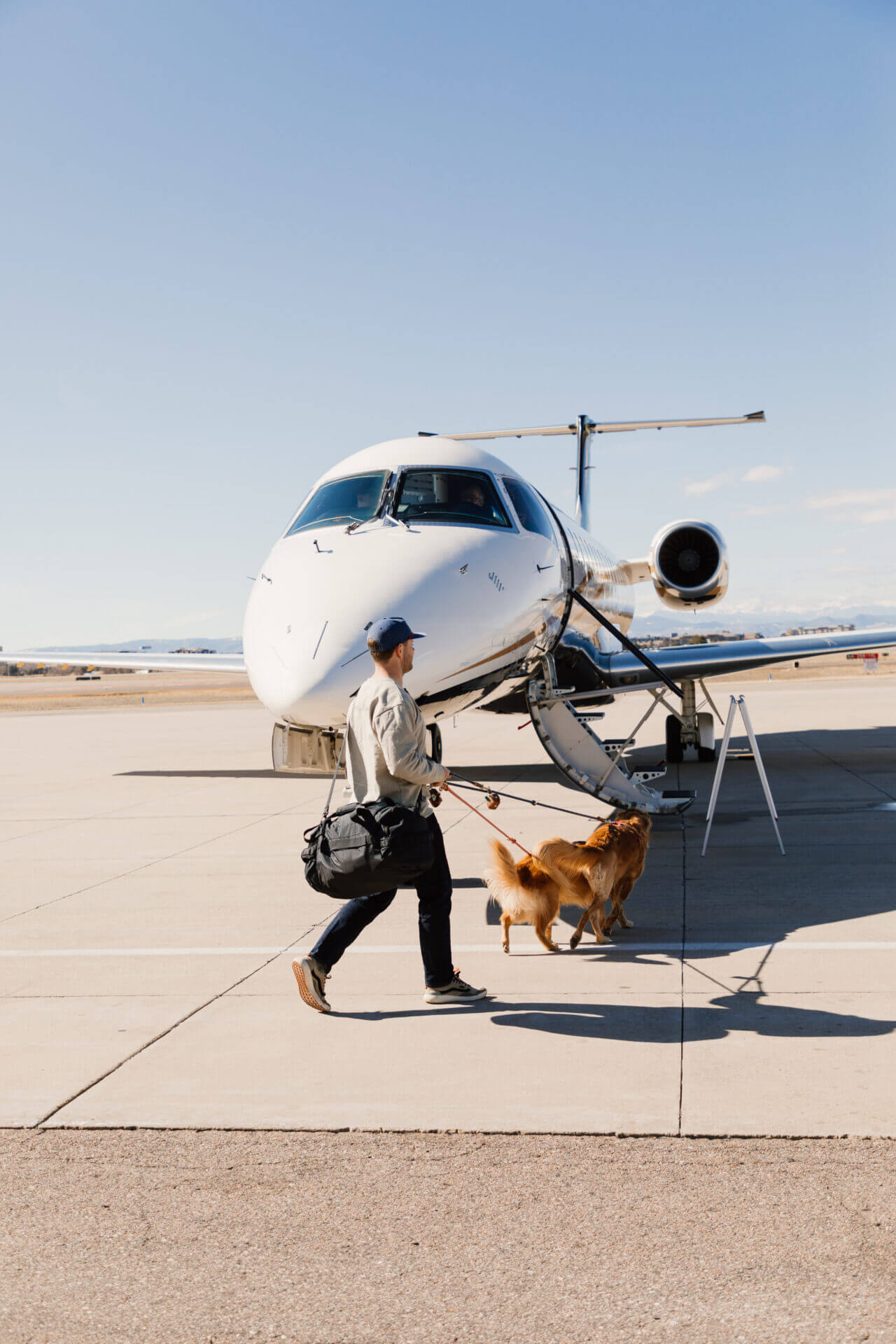
RetrievAir launched its first flight in February 2025—a preview flight from Dallas to Denver, just to see if dogs would even tolerate the experience. They did more than tolerate it. Some passed out on the seat. Others perked up at the drink cart. One Golden Retriever got off the plane and apparently refused to leave the tarmac because he thought he was on vacation.
By May 2025, RetrievAir was booking real routes in nine U.S. cities: New York, LA, Dallas, Denver, Fort Lauderdale, Tampa, Salt Lake City, Chicago, and Monterey.
Ticket price? Depends who’s flying
RetrievAir sells each seat, not each person. So if you’re flying with one dog, that’s two seats. Fares range from $350 to around $750 per seat, depending on the route and whether it’s a promo.
Sure, it’s more than a standard airline ticket. But Benton says most of his customers aren’t comparing it to Delta. They’re comparing it to driving 1,200 miles or spending $400 to board their dog while they fly alone. And there’s the peace of mind part. “People don’t want to be separated from their dog,” he said. “It’s not about luxury. It’s about not being sick with anxiety.”
It’s not just about pets with owners
RetrievAir also runs something they call “freedom flights.” These are special flights that transport rescue dogs—usually from Puerto Rico or other shelters—to their adoptive families in the mainland U.S. When there’s extra space on a route, they’ll fill it with dogs looking for a home.
In July 2025, they partnered with The Sato Project to fly dozens of rescued dogs from San Juan to New Jersey. It was a full circle moment for Mark, who had adopted his own dog from Puerto Rico years ago.
The goal: less goodbye
Benton says 82% of dog owners feel anxious leaving their pet to travel. And 64% of millennial pet owners say they skip trips altogether if their dog can’t come. He doesn’t think people need more luxury or more status. They just want to be with their dogs.
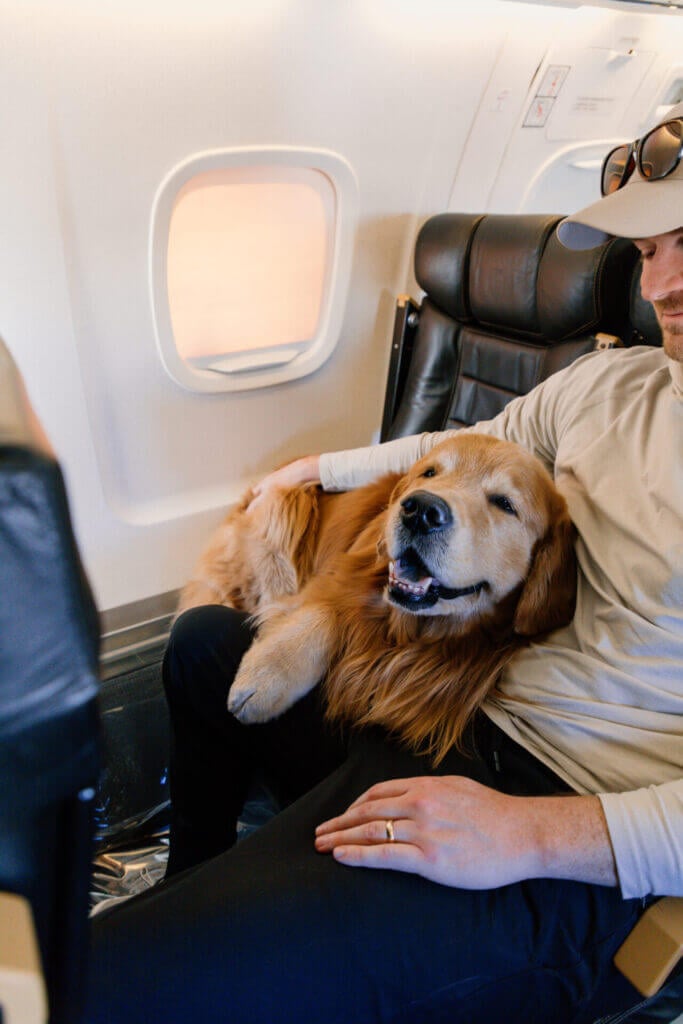
RetrievAir isn’t promising cheap flights. It’s not trying to be fancy. It’s just trying to take the heartbreak out of travel for people who think of their pets as family. So far, the demand is there. More than 3,500 people joined the waitlist before the first official flight.
The company plans to expand its routes in 2026, maybe even international someday. For now, it’s just one plane flying a few times a week—but every flight ends with dogs arriving safely in the cabin, no howling, no crates, no separation.
Which, if you ask Maple and Willow, is how flying always should have been.

